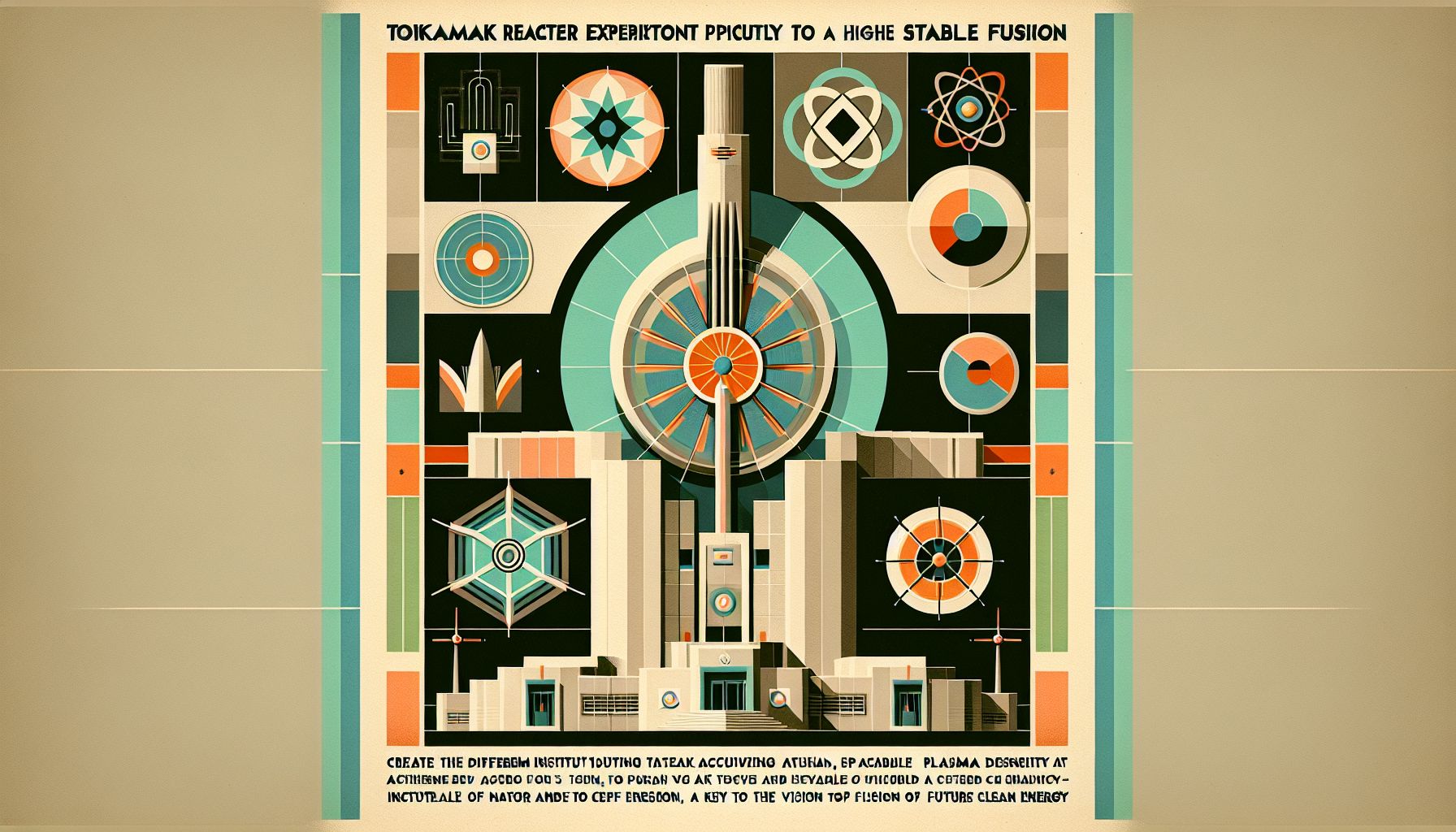Dutch Institute's Fusion Feat Edges Us Closer to Clean Energy Future

The DIFFER institute’s tokamak reactor experiment attained higher plasma density for stable fusion, pivotal for future clean energy.
A Leap Towards Sustainable Power
Researchers at the Dutch Institute for Fundamental Energy Research (DIFFER) have achieved a significant breakthrough in nuclear fusion technology. Their small tokamak reactor experiment managed to sustain a higher plasma density for 2.2 seconds, surpassing the Greenwald limit by 20%. This exceeds the critical H98(y,2) value of 1, indicating a stable and powerful fusion reaction[1]. These findings could be foundational in harnessing fusion as a viable source of clean energy.
Innovative Approach to Plasma Stability
The experiment conducted at the DIII-D National Fusion Facility, led by Siye Ding and colleagues at General Atomics, utilized a novel method to increase plasma density within the core while allowing it to decrease at the edges. This strategy is key to preventing plasma escape, which contributes to the stability needed for continuous power production. Gianluca Sarri of Queen’s University Belfast underscores the significance of such stable operation, suggesting it could lead to substantial power output in larger reactors[1].
The Challenge of Scaling Up
While the success of the DIII-D tokamak, with its 1.6-meter radius, is promising, the real test lies in its applicability to larger reactors like ITER, which boasts a radius of 6.2 meters. The complexity of plasma behavior at such scales remains a profound challenge. Ding emphasizes the experiment’s relevance for future fusion power plant designs, highlighting the necessity of achieving high confinement and density to replicate these results on a commercial scale[1].
Legislative Support for Fusion Development
In a parallel effort to advance fusion energy, U.S. Senators have introduced the bipartisan Fusion Energy Act. The legislation aims to streamline the development of commercial fusion technology by granting the Nuclear Regulatory Commission (NRC) the regulatory authority over fusion energy systems. The act also propels the fusion energy agenda by providing a clear regulatory framework to support research and development. Senators across the political spectrum recognize the potential of fusion energy to provide a clean, safe, and abundant source of electricity, with Senator Booker noting its capabilities to combat climate change and drive economic growth[2].

